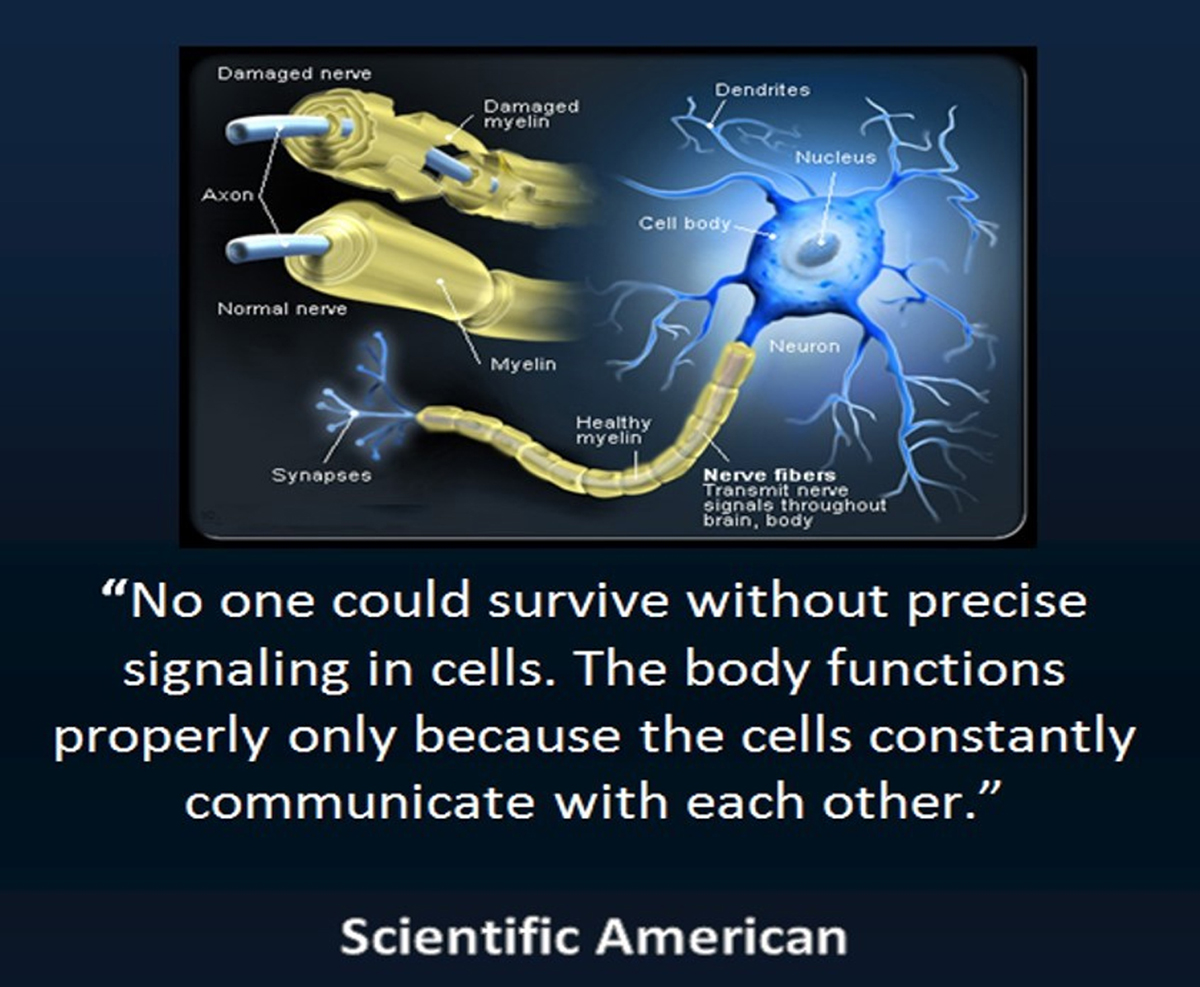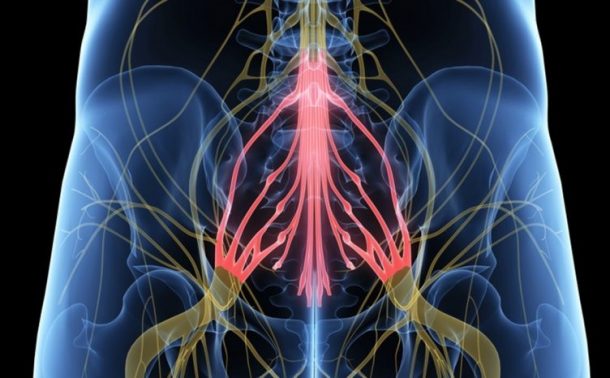Physiological Responses Induced by Manual Therapy in Animal Models: A Scoping Review
SOURCE: Frontiers in Neuroscience 2020 (May 8); 14: 430
| OPEN ACCESS |
Carla Rigo Lima, Daniel Fernandes Martins and William Ray Reed
Rehabilitation Science Program,
University of Alabama at Birmingham,
Birmingham, AL, United States
Background: Physiological responses related to manual therapy (MT) treatment have been investigated over decades using various animal models. However, these studies have not been compiled and their collective findings appraised. The purpose of this scoping review was to assess current scientific knowledge on the physiological responses related to MT and/or simulated MT procedures in animal models so as to act as a resource to better inform future mechanistic and clinical research incorporating these therapeutic interventions
Methods: PubMed, Cumulative Index to Nursing and Allied Health Literature (CINAHL), Cochrane, Embase, and Index of Chiropractic Literature (ICL) were searched from database inception to August 2019. Eligible studies were:
(b) non-cadaveric animal-based;
(c) original data studies;
(d) included a form of MT or simulated MT as treatment;
(e) included quantification of at least one delivery parameter of MT treatment;
(f) quantification of at least one physiological measure that could potentially contribute to therapeutic mechanisms of action of the MT.
MT studies were categorized according to three main intervention types:
There are more articles like this @ our:
What is the Chiropractic Subluxation? Page
(2) manipulation; and
(3) massage.
Two-phase screening procedures were conducted by a pair of independent reviewers, data were extracted from eligible studies and qualitatively reported.
Results: The literature search resulted in 231 articles of which 78 met inclusion criteria and were sorted by intervention type. Joint mobilization induced changes in nociceptive response and inflammatory profile, gene expression, receptor activation, neurotransmitter release and enzymatic activity. Spinal manipulation produced changes in muscle spindle response, nocifensive reflex response and neuronal activity, electromyography, and immunologic response. Physiological changes associated with massage therapy included autonomic, circulatory, lymphatic and immunologic functions, visceral response, gene expression, neuroanatomy, function and pathology, and cellular response to in vitro simulated massage.
Conclusion: Pre-clinical research supports an association between MT physiological response and multiple potential short-term MT therapeutic mechanisms. Optimization of MT delivery and/or treatment efficacy will require additional preclinical investigation in which MT delivery parameters are controlled and reported using pathological and/or chronic pain models that mimic neuromusculoskeletal conditions for which MT has demonstrated clinical benefit.
Keywords: animals; joint mobilization; manual therapy; massage; pain; physical medicine; scoping review; spinal manipulation.
From the Full-Text Article:
Introduction
Manual therapy (MT) techniques are considered one of the oldest interventions in medicine [Lennard et al., 2011] and may be defined as passive movements or forces applied to joints and soft tissues, often delivered by hand [American Physical Therapy Association, 1999; American Academy of Ortopaedic Manual Physical Therapists, 2008]. Examples of MT techniques include, but are not limited to, mobilization, manipulation, and massage exhibiting both demonstrated and purported physiological and/or psychological benefits including increased range of motion and tissue extensibility, reduction of pain, inflammation and swelling, and/or relaxation [American Physical Therapy Association, 1999; American Academy of Ortopaedic Manual Physical Therapists, 2008]. Initially, mechanistic investigations regarding the effects of MT were primarily biomechanically focused however, a recent shift toward neurophysiological and psychological effects of MT has been observed in the literature [Bialosky et al., 2009, 2018; Lennard et al., 2011; Vigotsky and Bruhns, 2015].
Clinical benefits of MT has been reported for a wide variety of conditions including:
low back pain [Licciardone et al., 2003; Childs et al., 2004; Skelly et al., 2018], and
carpal tunnel syndrome [Rozmaryn et al., 1998; Akalin et al., 2002], among others.<‘dir>
Despite therapeutic benefits and high patient satisfaction [Seferlis et al., 1998; Burke et al., 2007] observed with MT treatments, appropriate utilization, and/or patient referral of these interventions by healthcare providers remains low [Li and Bombardier, 2001; Bishop and Wing, 2003]. In an attempt to address this issue, clinical prediction rules for identifying individuals likely to benefit from MT have been proposed but many have not been validated and thus need to be interpreted with caution [Flynn et al., 2002; Childs et al., 2004; Cleland et al., 2006, 2007; Vicenzino et al., 2009; Puentedura et al., 2012]. Although the development of prediction rules based on signs and symptoms might prove beneficial to clinical practice, a greater understanding of underlying MT physiological responses and mechanisms of action will most likely be required in order to identify those individuals that will respond better to MT interventions.
Animal studies are conducted in a variety of health-related areas, such as drug and biomedical research [Hooijmans et al., 2018], with the intent to provide greater knowledge regarding physiological mechanisms, biological effects, and dose-response relationships of particular therapeutic interventions [Hackam and Redelmeier, 2006]. Despite certain translational limitations, animal models continue to be acknowledged as essential to advancing scientific knowledge and mechanistic understanding of pharmacological and non-pharmacological therapeutic interventions [Jucker, 2010; Kitta et al., 2018]. A comprehensive review of physiological responses associated with MT will better inform future research efforts within the field that may ultimately lead to increased MT therapeutic efficacy and appropriate utilization by healthcare providers.
Read the rest of this Full Text article now!






Leave A Comment